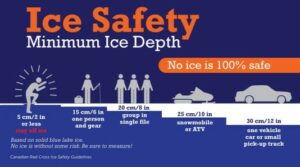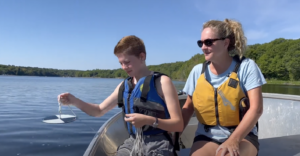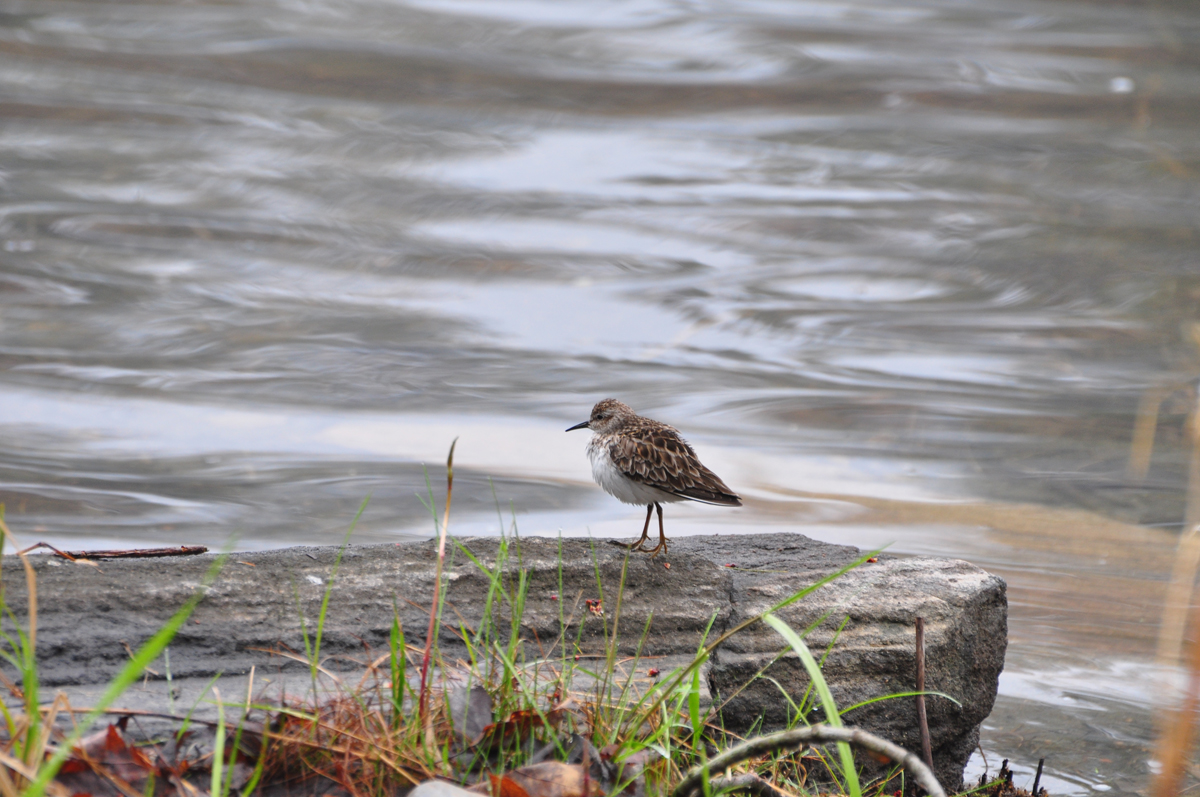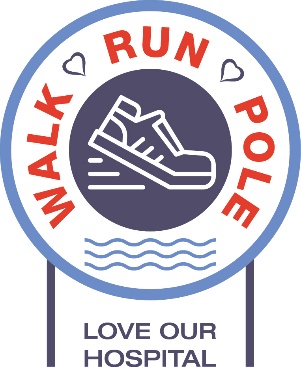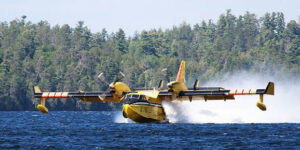Bubblers – what property owners need to know – an overview of important considerations, from our colleagues at Cade Associates Insurance Brokers.
On a related subject: while de-icers are intended to protect docks and boathouses from ice damage, improper use can actually create greater chance of ice damage. Read an overview on the subject, from a New Hampshire Lake Association (note: references are to American legislation about bubblers).
January 2021 – our colleagues at the OPP SAVE Team have some great snowmobile tips for safely enjoying the out-of-doors this winter. Click the links below to view each video:
- Top 5 Snowmobile Tips (for new & experienced riders)
- Speed and fatalities: the facts
- No ice is 100% safe


Thank you to the Safe Boating Council for this important video link: Ice Safety – How to perform a self-rescue
November 20, 2020 – How climate change is making winter ice more dangerous (Veronica Penney of the New York Times, as published in the Star Tribune) – this article quotes new research from FOCA’s colleague Dr. Sapna Sharma of York University.
- read a related article by Dr. Sharma and partners, for Cottage Life, January 2022: What loss of ice cover means for lake health
Check out this post from our friends at CottageLink Rental Management, about ice safety reminders for those who may be newer to cottage country winters.
OLDER NEWS:

January 2017 – Ontario Provincial Police are circulating this graphic as a reminder to be wary of ice thickness:
February 2016 – read the OPP OFSC Joint News Release on unsafe ice conditions in Ontario (PDF; 2 pages)
January 2016 – read the OPP OFSC Joint News Release on snowmobile safety (PDF; 2 pages)
December 2014 – With notes from the Ontario Provincial Police (OPP), and the Ontario Federation of Snowmobile Clubs (OFSC) This time each year, snowmobilers are reminded that no ice can be considered 100 per cent safe to ride on with a snowmobile.
It is especially true this winter when ice is forming earlier than usual in many areas and may look safe, but is not yet thick or strong enough. This ice warning also applies during any prolonged period of thaw or rain, and late in the season after ice begins to deteriorate from milder temperatures.
 To avoid unnecessary risks, the OPP and OFSC recommend that snowmobilers stick to available, land-based, OFSC Prescribed Trails whenever possible. OFSC clubs provide many trails that avoid water crossings altogether and also provide many bridges and culverts to pass over known water crossings safely. For updates on OFSC trails, visit their website and consult their interactive map: http://ofsc.mapbase.ca/viewer/
To avoid unnecessary risks, the OPP and OFSC recommend that snowmobilers stick to available, land-based, OFSC Prescribed Trails whenever possible. OFSC clubs provide many trails that avoid water crossings altogether and also provide many bridges and culverts to pass over known water crossings safely. For updates on OFSC trails, visit their website and consult their interactive map: http://ofsc.mapbase.ca/viewer/
If you do make the personal choice to take the risk of travelling on ice by snowmobile, wait until a marked stake line is in place and cross only when you can follow it directly from shore to shore, without stopping on the ice. While ice crossing is never a sure thing, snowmobilers can also reduce their risk by:
- Checking ice thickness and quality before riding onto any frozen water
- Understanding that ice conditions may vary from day to day, from hour to hour and from place to place
- Never travelling on ice alone, at night or while impaired
- Avoiding slushy ice, untracked ice, or ice near moving water or dock bubblers
- Watching out for obstacles like rocks, stumps, docks, ice roads and fishing huts
- Wearing a buoyant snowmobile suit and carrying ice picks

